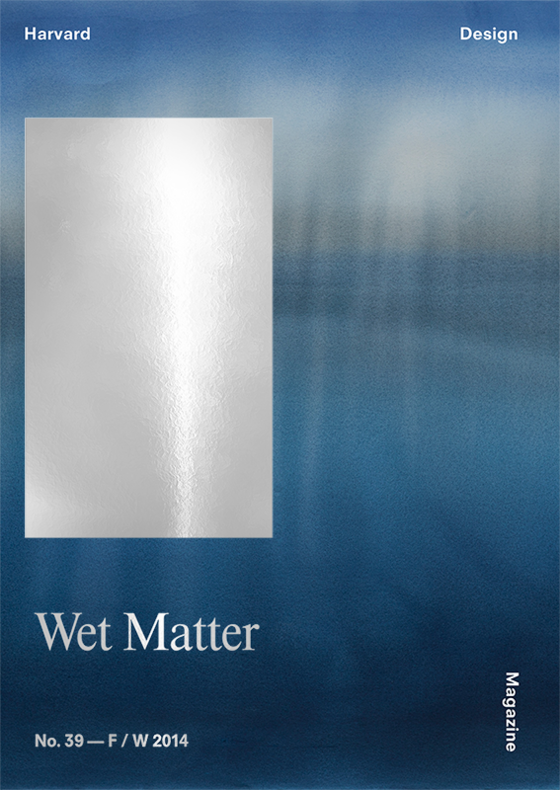Body Boundaries
39: Wet Matter
Out of stock

The ocean remains a glaring blind spot in the Western imagination. Catastrophic events remind us of its influence—a lost airplane, a shark attack, an oil spill, an underwater earthquake—but we tend to marginalize or misunderstand the scales of the oceanic. It represents the “other 71 percent” of our planet. Meanwhile, like land, its surface and space continue to be radically instrumentalized: offshore zones territorialized by nation-states, high seas crisscrossed by shipping routes, estuaries metabolized by effluents, sea levels sensed by satellites, seabeds lined with submarines and plumbed for resources. As sewer, conveyor, battlefield, or mine, the ocean is a vast logistical landscape. Whether we speak of fishing zones or fish migration, coastal resilience or tropical storms, the ocean is both a frame for regulatory controls and a field of uncontrollable, indivisible processes. To characterize the ocean as catastrophic—imperiled environment, coastal risk, or contested territory—is to overlook its potential power.
The environments and mythologies of the ocean continue to support contemporary urban life in ways unseen and unimagined. The oceanic project—like the work of Marie Tharp, who mapped the seafloor in the shadows of Cold War star scientists—challenges the dry, closed, terrestrial frameworks that shape today’s industrial, corporate, and economic patterns. As contemporary civilization takes the oceanic turn, its future clearly lies beyond the purview of any head of state or space of a nation.
Reexamining the ocean’s historic and superficial remoteness, this issue profiles the ocean as contemporary urban space and subject of material, political, and ecologic significance, asking how we are shaping it, and how it is shaping us.
Keller Easterling
Christopher Connery
AbdouMaliq Simone
Catherine Seavitt Nordenson
Pierre Bélanger
Joshua Comaroff
Charlie Hailey
Ashley Carse
Anuradha Mathur, Dilip da Cunha
Kristin Wintersteen
Kimberley Peters, Philip Steinberg
Rebecca Gomperts, Sara Zewde
Martti Kalliala, Patri Friedman
Dawn Wright, Xiaowei Wang
Héctor Tarrido-Picart, Victor Hernández Cruz
Luis Callejas
Rose George
Jenna Sutela
Nicola Twilley
Astrida Neimanis
Elena Megia Nieto, Theo Deutinger
Lorenzo Pezzani
Henk Ovink
Mark von Schlegell
Byron Stigge, Hilary Sample
Luis Callejas, Martin Pavlinic
Hali Felt, Kate Orff
The Editors
Emmanuel Petit
Mimi Zeiger
Lucas Freeman
Sean O'Toole
Max Haiven